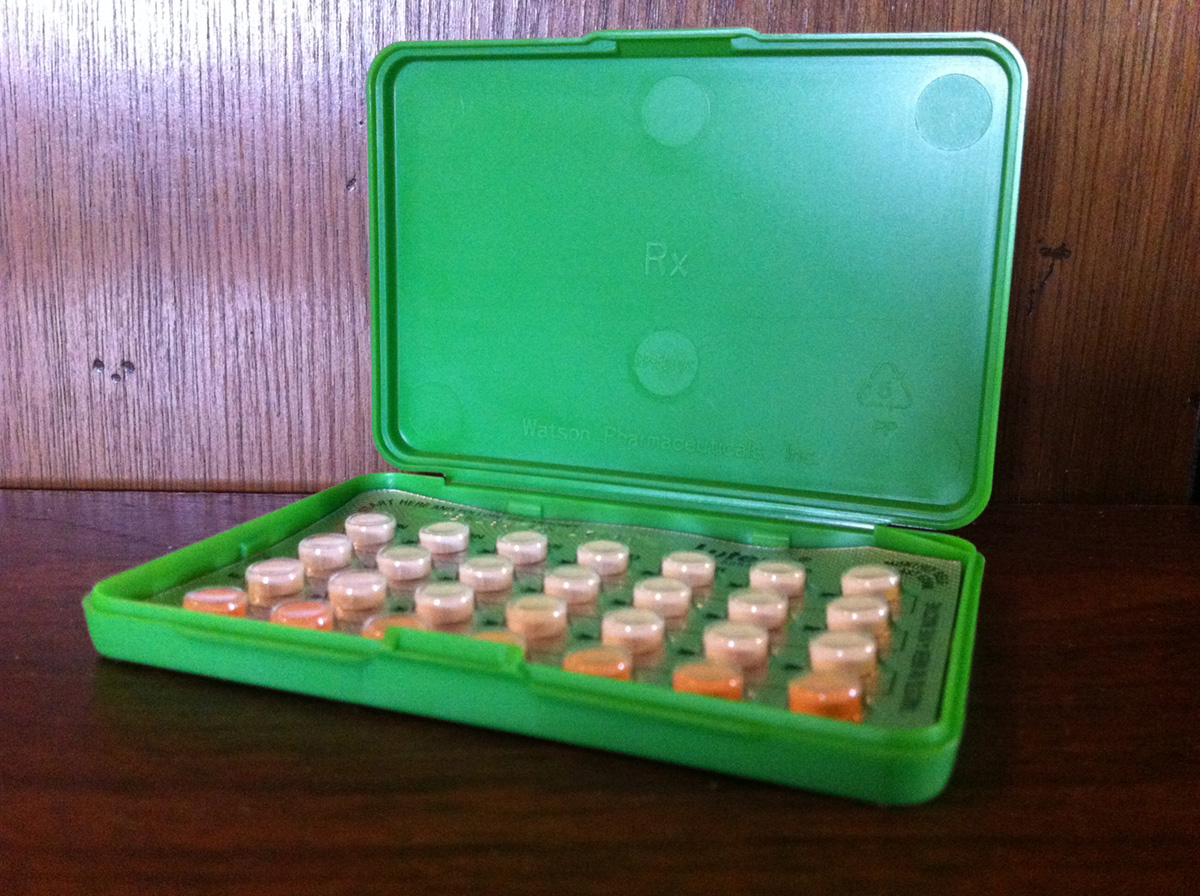
An unpleasant topic
Whenit comes to birth control, it has always been and still is regarded as a quite unpleasant and also controversial topic and thus, it is not talked about openly too often. Given the fact that the times we live in are altering at an incredible pace and that changes emerge on a minute to minute basis, vast majority of people tends not only to accept the novelty birth control techniques and methods, but they also employ them for this purpose much more often than before. And this especially goes for the members of the female population.
Methods,techniques, “tools” and effectiveness
The list of those most frequently employed birth controlled techniques and products, as well as their effectiveness rates, is in continuation.
Male condom – the “tool” in question has been given a green light by the FDA as back as 1995. Of course, and as many already know this, condoms represent the birth control method that is certainly most frequently opted for. Their most evident advantages include not only the ease of use and discarding, but also the effectiveness rates which amount to 89%. However, what have studies also revealed is that as much as eleven women out of one hundred do get pregnant despite the fact their male partners do actually use condoms. Other downsides are also tendency to induce irritation, as well as various allergic reactions in both sexes.Oral contraceptives/combined pill are known as a quite effective way to prevent the ovulation by employing the services of both the estrogen and the progestin hormones at once. November 2003 saw FDA’s approval of the chewing form of these pills. Effectiveness rate amounts to staggering 99%, with just one or two women out of one hundred who do get pregnant. What should be always kept in mind is that, in order for them to be most effective, taking them on a daily basis is a must, no matter if an intercourse takes place.Intrauterine devices – refer to a device that has taken the form o a letter “T” and has been available to general public in its officially approved form ever since 1976. It functions when placed inside the woman’s uterus. Effectiveness rate is regarded to be almost 100% and in just those most rare of cases they fail. This is to say that every one woman in one hundred gets pregnantOtherways to avoid unwanted pregnancy include the use of diaphragm with spermicides and, of course, abstinence.

















Your thoughts on this
Loading...